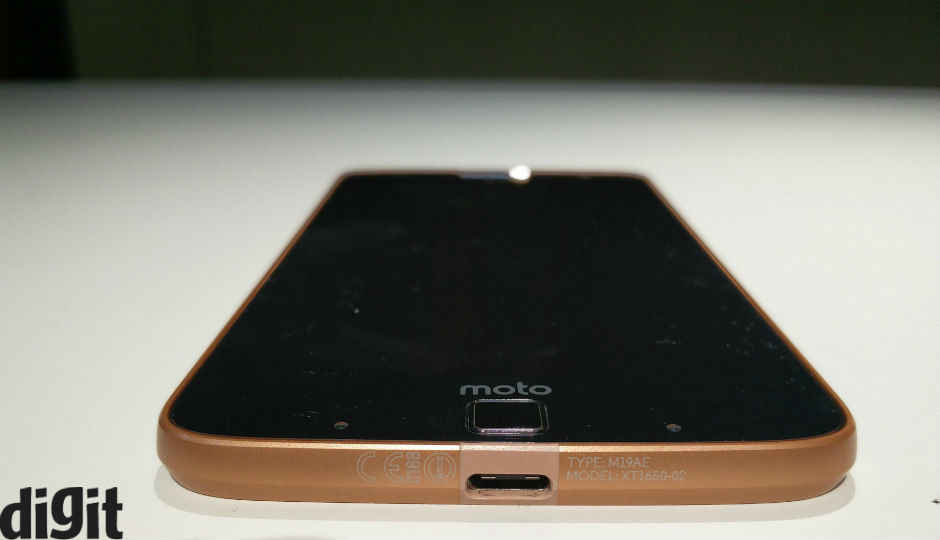Moto, LeEco, Oppo have said goodbye to 3.5 mm audio ports. Should more follow?

The one BIG problem with a single USB Type C port is that it takes away the ability to charge a smartphone while having a pair of headphones connected at the same time.
The 3.5 mm port has been our trusted companion for many years now. Every earphone, headphone, in-ear and aux cable has sported the cylindrical mini audio connector since time immemorial. But now, it's time to say goodbye, or so it seems.
Last night, Lenovo unveiled the Moto Z and Moto Z Force at the Lenovo Tech World event, being held at San Francisco. Yes, the much awaited Moto Z smartphone is now officially out there, bringing with it the power of Qualcomm’s latest SoC, the Snapdragon 820. But, that’s not what we are here to talk about. Along with a host of new features and updated specifications, the Moto Z has also ditched the 3.5 mm jack, and hopped onto the USB Type C bandwagon. This makes the Moto Z, the third smartphone to ditch the trusted 3.5 mm port completely, the first being Oppo R5, followed by LeEco Le 2.
When the Oppo R5 dumped the 3.5 mm jack, the phone was touted to be the world’s thinnest device with a thickness of 4.85 mm. That obviously leaves no room for a 3.5 mm port. Sadly the phone was dependant on Bluetooth or a micro-USB to 3.5mm adapter for headphone connectivity. Now, Motorola and LeEco have also done away with the 3.5 mm headphone connector, moving on to a single USB Type C port to connect it all.
The one BIG problem with a single USB Type C port is that it takes away the ability to charge a smartphone while having a pair of headphones connected at the same time. Yes, both Moto Z and LeEco Le 2 come with a Type C to 3.5 mm adapter, but that clearly defeats the purpose of ditching the 3.5 mm port in the first place. By adopting the Type C standard, these phones are definitely future ready, but the future has not arrived yet. Not unless all headphones, earphones, speakers and music players start sporting a Type C connector as well. The low popularity of USB type C headphones will definitely be a deterrent to new technologies such as CDLA (Continual Digital Lossless Audio), found in the LeEco Le 2.
Bluetooth headphones may be the answer, but wireless audio quality is still not upto the mark. Moreover, most budget smartphones also use the 3.5 mm connector as an antenna for FM radio (unless the antenna is housed in the smartphone itself). Bluetooth speakers on the other hand could definitely gain popularity as more and more manufacturers start ditching the 3.5 mm port completely. Word is that Apple is also looking to do so for the upcoming iPhone 7, and that the company is working on wireless earpods for the new device, which we guess will connect over Bluetooth.
As of now, the onus of setting Type C as an industry standard is a tough responsibility for smartphone manufacturers to bear. We hope the accessories' industry follows suit soon. Only then can be expect an era of truly lossless audio from a smartphone.




